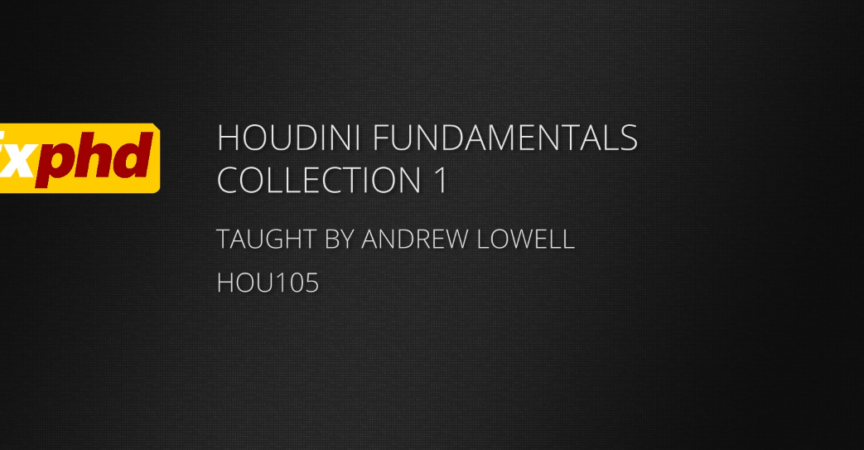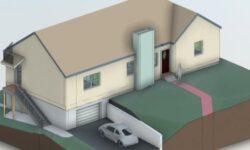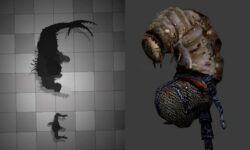CLASS 1: ATTRIBUTE CONCEPTS
This class explores the most foundational aspect of working with procedural geometry in Houdini, Geometry Attributes. This attribute obstacle course will guide the participant through various ways to move attributes around and transfer them. It also demonstrates uses for different attribute types (integer, string, float, vector.
CLASS 2: UNDERSTANDING ROTATIONS
One of the most daunting things for new Houdini users to get a handle on is the extensive use of rotations. This class simplifies and explains the foundation of using rotation vectors, paving the way for more advanced workflows.
CLASS 3: USE OF RANDOM AND NOISE
This class demystifies how, when, and where to apply randomization and noise functions to enhance FX scenes. The concepts of how both methods function and some best practices are demonstrated.
CLASS 4: VECTOR MANIPULATION
Diving deeper into vectors will allow setups to work more efficiently; and relieve a new user’s dependence on pre-made workflows. This class expands on vector manipulation and more sophisticated copy paradigms.
CLASS 5: SCATTERING AND POPULATION
This class helps form more powerful ways to control an effect, by addressing distribution and population methods. Knowledge gained by population/distribution techniques will enhance control in many different FX applications.
CLASS 6: ESSENTIAL SIMULATION CONCEPTS
Simulation is a nebulous concept. This class explores a fundamental understanding of what simulation is and where it can occur in different contexts and forms within Houdini. Various examples are demonstrated expanding the participants understanding of simulation building blocks to take into more advanced simulation models.
CLASS 7: FRACTURE METHODOLOGIES
While fracturing is a highly specialized area of FX work and many tools exist for various uses; this class explores the foundational aspects of fracturing, and forms a more general understanding to give maximum control of the process to the participant. From this session the user can be more aware of underlying fracture concepts and better choose the best fracture and rigid body simulation methods.





 Channel
Channel





